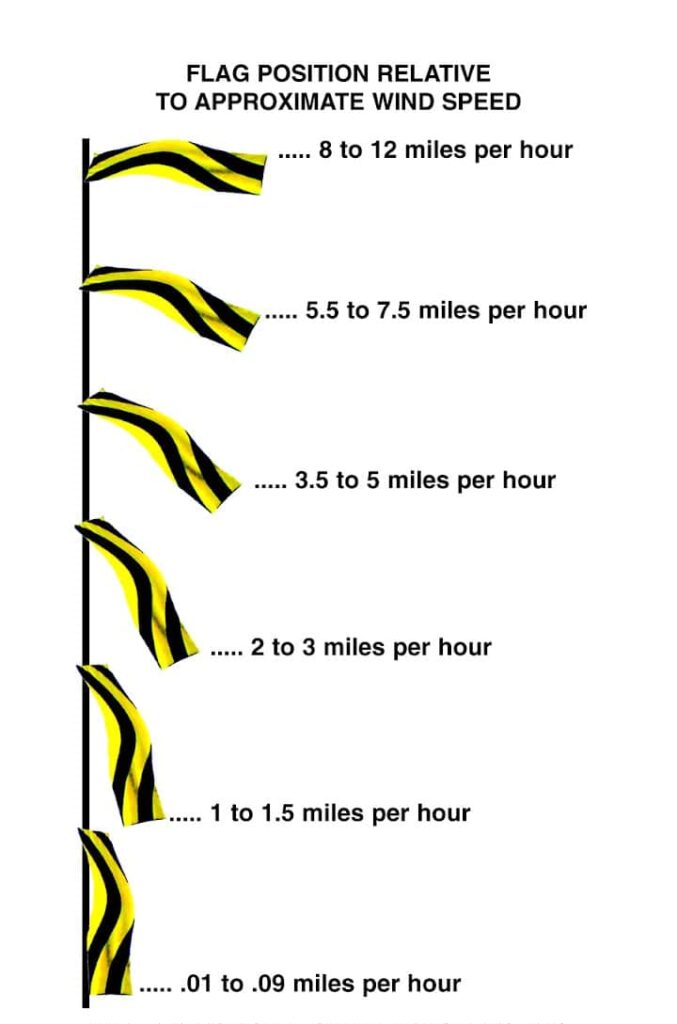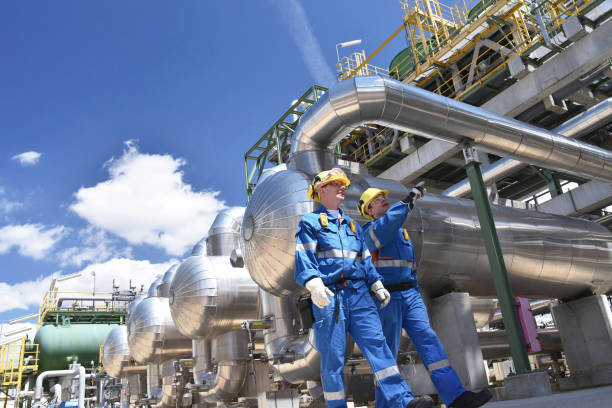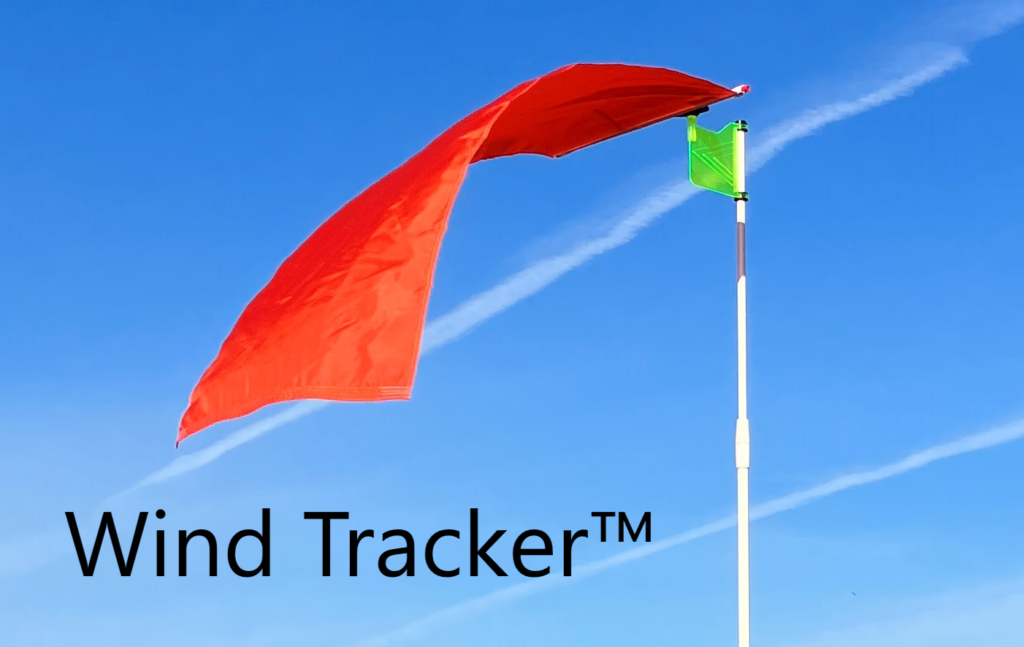Pipeline Companies
Wind Tracker™ windsocks are essential tools for pipeline companies due to their ability to provide real-time, visual information on wind direction and speed. This information is critical for maintaining safety, operational efficiency, and environmental compliance at pipeline facilities, especially those transporting hazardous materials such as natural gas, crude oil, or other volatile substances.

Monitoring Wind Conditions During Gas or Vapor Releases
Pipelines transporting volatile gases or liquids, such as natural gas, petroleum products, or chemical substances, are susceptible to leaks or controlled releases during routine operations, maintenance, or emergencies. Wind Tracker™ Windsocks provide a continuous, visible indication of wind direction and speed, allowing operators to predict how and where gases or vapors might disperse. This real-time information is crucial for identifying downwind areas at risk of exposure and implementing containment, evacuation, or other safety measures.
Ensuring Worker Safety in Hazardous Zones
Many pipelines handle substances that are toxic, flammable, or explosive. In the event of a leak or rupture, it is essential for workers to quickly assess wind conditions to determine safe zones. Wind Tracker™ Windsocks guide workers to move upwind or crosswind to minimize exposure to toxic fumes or reduce the risk of being in the path of a fire or explosion. This visual tool is especially crucial in remote or expansive pipeline sites where electronic monitoring systems may not provide immediate on-ground data.

Fire and Explosion Risk Management
Wind Tracker™ Windsocks are vital for managing fire risks at pipeline facilities. Flammable materials, such as crude oil or natural gas, can ignite if exposed to a spark or heat source. In the event of a fire, windsocks help predict the direction and intensity of smoke, flames, and heat spread, enabling firefighting teams to position themselves safely and effectively. Knowing wind speed and direction helps operators shut down vulnerable sections of the pipeline and isolate ignition sources to prevent secondary explosions.
Emergency Response and Evacuation Planning
Pipeline companies must have emergency response plans for incidents such as ruptures, gas leaks, or hazardous material releases. Wind Tracker™ Windsocks provide first responders and on-site personnel with critical information to guide safe evacuation routes, establish perimeter zones, and deploy emergency equipment. The visibility of windsocks makes them effective for both trained personnel and external emergency response teams, ensuring coordinated and informed action during crises.
Environmental Protection and Compliance
Pipeline companies are subject to strict environmental regulations regarding air quality, spill containment, and the handling of hazardous materials. Wind Tracker™ Windsocks help monitor the dispersion of harmful substances into the environment by providing immediate wind data. This allows operators to take quick corrective actions, such as activating vapor recovery systems, deploying containment measures, or notifying nearby communities of potential risks. They also aid in preventing environmental contamination by enabling proactive measures to control the spread of hazardous materials in downwind areas.
Facilitating Safe Maintenance and Venting Operations
Routine maintenance of pipelines often involves controlled releases of gases or venting operations, which can create localized hazards if not carefully managed. Wind Tracker™ Windsocks provide critical wind information that allows operators to schedule venting operations during favorable wind conditions, such as low wind speeds to minimize gas dispersion, and position workers and equipment upwind or crosswind to ensure their safety. This minimizes risks associated with vapor exposure and ensures compliance with safety regulations.

Supporting Air Quality Monitoring and Control
In addition to monitoring hazardous material dispersion, Wind Tracker™ windsocks help pipeline companies correlate air quality data with wind patterns. This information is used to evaluate the environmental impact of pipeline operations and to ensure compliance with air quality standards. For example, in facilities that store or transport volatile organic compounds (VOCs), windsocks help operators assess wind conditions to mitigate the release of harmful emissions.
Enhancing Operational Safety During Construction
During pipeline construction or repair, heavy equipment such as cranes, excavators, and welding machinery is often used. Wind Tracker™ Windsocks provide guidance on wind conditions that could affect the safe operation of this equipment. High winds can destabilize cranes or blow debris, posing safety risks to workers. Windsocks help construction teams make informed decisions about when to pause operations due to unsafe conditions.
Training and Emergency Preparedness
Pipeline workers are trained to respond to wind-sensitive emergencies using windsocks as part of their safety protocols. Drills and simulations incorporate Wind Tracker™ windsocks to teach workers how to interpret wind conditions and respond accordingly during leaks, ruptures, or fires. The high visibility of windsocks also makes them a key tool in emergency preparedness exercises, ensuring that personnel are familiar with evacuation routes and hazard zones under different wind scenarios.
Cost-Effective and Reliable Visual Indicator
Windsocks are a cost-effective and reliable tool that require minimal maintenance and are easily deployed at strategic points along pipelines, valve stations, and facilities. Unlike electronic monitoring equipment, Wind Tracker™ windsocks provide immediate, real-time data that is visible to anyone on-site, making them an essential part of any pipeline company’s safety toolkit.
Wind Tracker™ windsocks are an indispensable tool for pipeline companies, providing critical real-time data on wind direction and speed. They enhance worker safety, guide emergency response and evacuation efforts, help manage fire and explosion risks, and support environmental protection. By offering immediate and visible wind condition monitoring, windsocks ensure safer operations, regulatory compliance, and effective emergency management at pipeline facilities. Their simplicity, reliability, and effectiveness make them a key safety feature in the pipeline industry.
